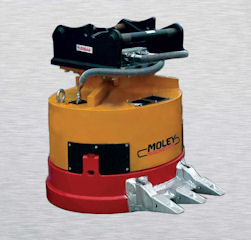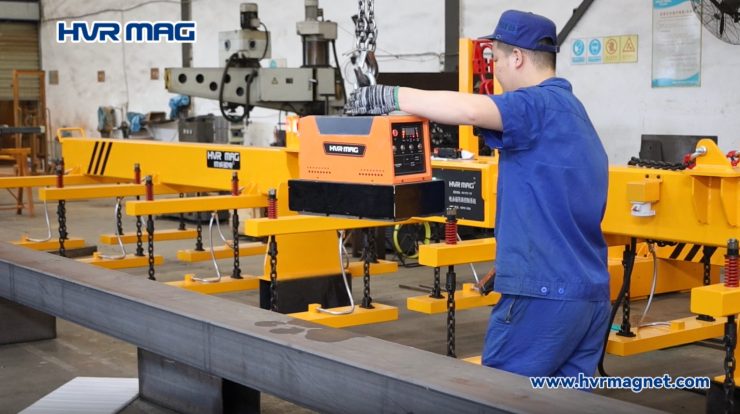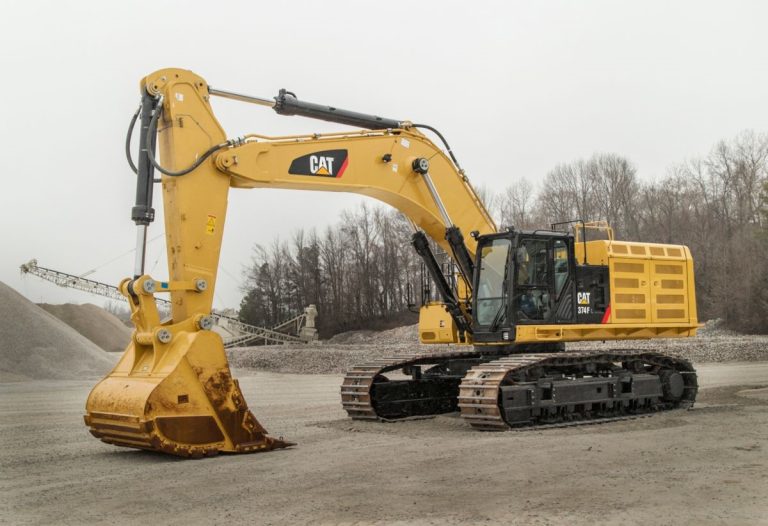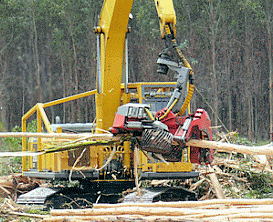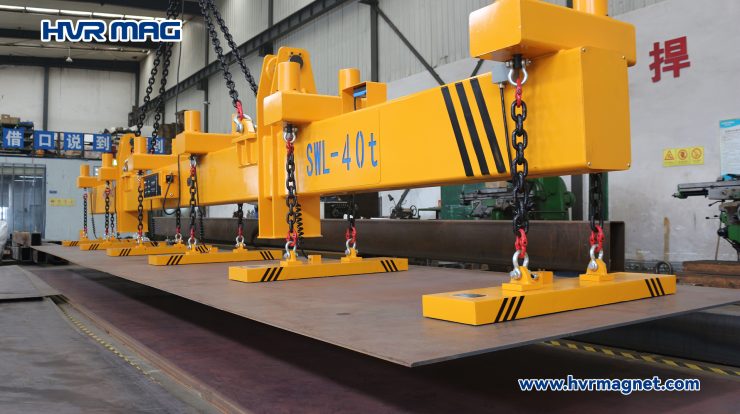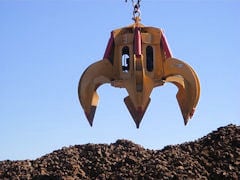TIPS ON SELECTING THE CORRECT EXCAVATOR BUCKET- Excavator Magnet Attachment
Keywords: types of excavator buckets, excavator grading bucket
excavator buckets
It was a rather busy day out on the yard. The sun was shining, mercury was rising, and buyers were busy eyeing the Heavy equipment listed for sale. In the farthest corner of the yard, a used wheel excavator stood perfectly in its place and a middle aged man dressed in shorts and a collarless polo shirt stood before it. With a bewildered look on his face, he was inspecting the bucket of the equipment. He stood there until the sales man came up to him and offered him help.
Upon inquiry the sales man came to know that the man was confused about the bucket- whether it would be suitable for his work or not? “Tell me what you want to do with the equipment and I might be able to help you out”, asked Smith, the brown-haired sales man. After a little help from smith, the man was on his way with a happy face. This tells us that one should know how to select the correct excavator bucket because you can’t get help from a smith every time you went to buy a new or used wheel excavator.
For those of you who are new to the game, this blog is especially for you because you might get confused when you’ll come to know about the options for the excavator buckets. The world of heavy construction equipment is funny this way. The reason behind this diversity is the type of work that is done via excavators. You can use excavators to do a ton of work in different working conditions for multiple purposes. You can get yourself a good bucket by just keeping in mind these three things; the size of the bucket, the type of bucket according to application, and quality of bucket with its features. It doesn’t matter if you are a seasoned person or a newbie, you’ll find these tips useful.

Know the right size
You need to map out the material type and density that you are going to be working with because this would help you determine how much of the material can be picked up. A high density material can hurt the number of passes made. You should also know the specifications of the excavator because you won’t be putting a bucket made for a 12-ton excavator on a 60-ton machine. You might want to add up on the size part if you want to get the job done quickly. However, too big a bucket and you might end up slowing down your production. You can’t just dig a 22-inch trench with a 30-inch bucket.
Quality of the bucket
Just like all equipment are not the same, all buckets are not the same. Each one has an intended purpose and its better if you work with it accordingly. You need to research before buying one so that you don’t get lost along the process. There are some features that add to the longevity and increase resistance to wear such as wear strips and side cutters. These save the bucket from sides and back and also promote the infiltration capability. Apart from these features, you also need to keep an eye on the teeth and the edges.
A little mistake while choosing this can cost you a lot. You can’t be using general purpose buckets in place of buckets with bolt-on edge. One has teeth that make your excavating easier and effective while the latter one is great for grading or landscaping applications. With a short tip radius you’ll be getting an enhanced breakout force ideal for reducing wear. If you are going for a densely compact material, you should choose pick-point teeth. Now that you know about all of this you are free to make your choice accordingly.
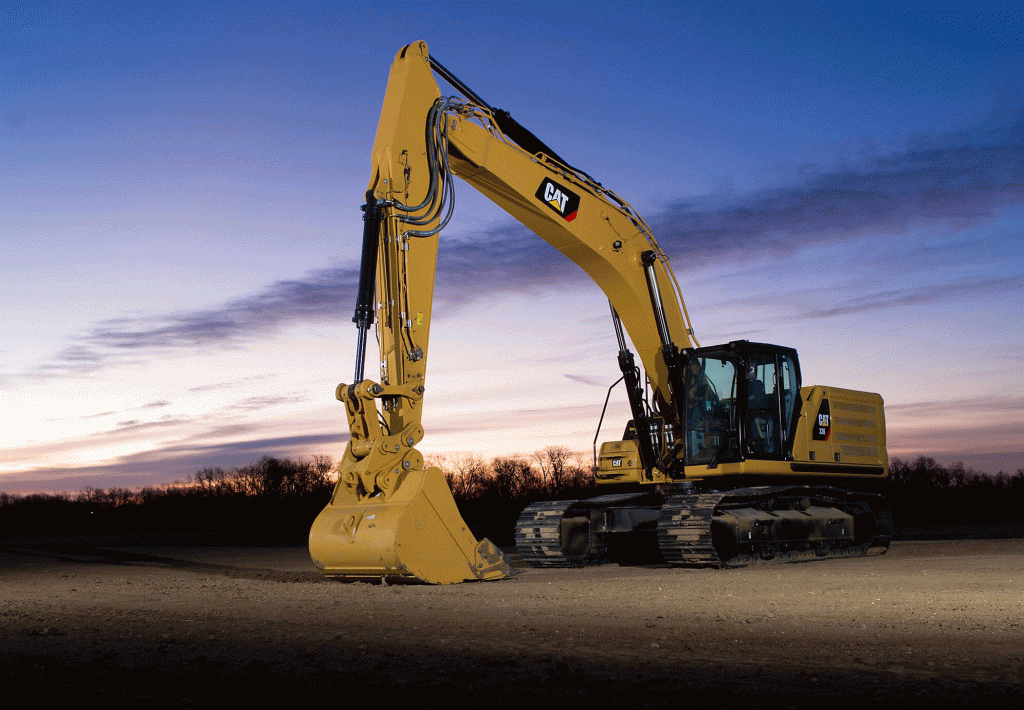
types of excavator buckets
Heavy Duty buckets
There are heavy duty buckets that are made for enhanced digging with materials such as hard packed clay, blasted rock, and stone. A variety of other materials such as sharp rock, shot granite, gravel, and others can also be handled perfectly using this type. These buckets are generally used in rock quarries. With a few passes you are good to go!
General purpose buckets
If you are aiming to use your buckets for a variety of applications then choose the general purpose buckets. These buckets work the same in variety of working conditions. You can handle materials such as sand and dirt, clay, topsoil, and gravel with ease. It doesn’t matter if you are using a wheel excavator or a track excavator, you should keep your eye on the type of work that you want to do.
Grading buckets
When it comes to ditching buckets also known as grading buckets, one should know that these have smooth edges that are meant to master tasks such as landscaping, ditch maintenance, and slope shaping. These buckets can be seen utilized in numbers when it comes to road construction processes.
So these are the types of buckets that you can choose from. If you can examine the bucket and then choose it by keeping in mind all these parameters, you’ll end up with a bucket that’ll increase work productivity and help you cut down expenses. Now that you know all of these types, you are good-to-go. If you still have any questions, just let us know. We’ll be more than happy to help you out.

